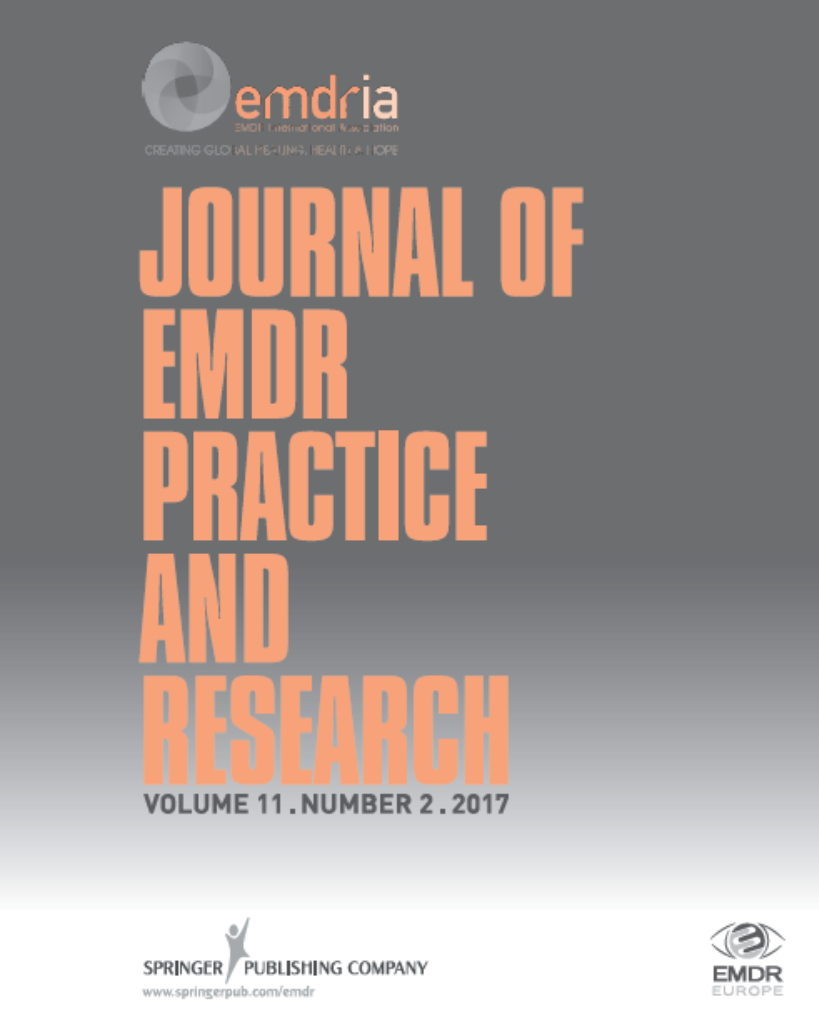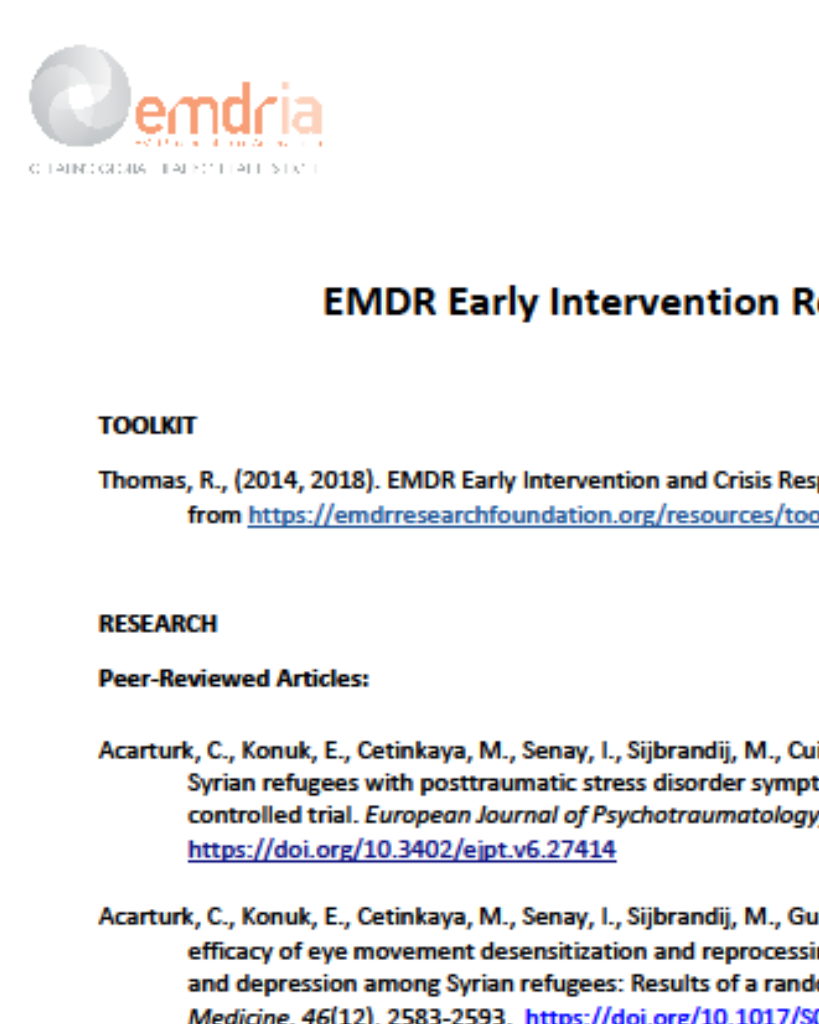Is a Personal Trauma History a Risk Factor for the Development of Secondary Traumatization in EMDR Therapists?
EMDR therapists were surveyed to test whether personal trauma history predicts secondary traumatization symptoms beyond vicarious exposure.
Article Abstract
“Symptoms severe enough to constitute a secondary traumatization (ST) can arise from providing eye movement desensitization and reprocessing (EMDR) treatment. However, little is known about specific risk factors such as a personal trauma history. EMDR therapists (n = 115) filled out a questionnaire battery to test whether the personal trauma history predicts symptom levels over and beyond vicarious exposure and whether vicarious exposure mediates the relationship between primary trauma history and current ST severity. Current exposure predicts ST symptom severity, while lifetime exposure is negatively associated. The number of primary traumata and the total severity of primary traumata do not explain additional variance in ST symptom severity. The mediation model suggests that primary trauma exposure instead is associated with treating more traumatized clients. The current results suggest that ST is a relevant topic to address in EMDR training, but the personal trauma history does not seem to constitute a relevant risk factor per se. It might, however, be associated with preferences for clientele composition, which in turn might act as a risk factor.”
—Description from publisher
Article Access
Free Access for EMDRIA Members or Purchase/Subscription Required
Daniels, J. K., & Fereidooni, F. (2024). Is a Personal Trauma History a Risk Factor for the Development of Secondary Traumatization in EMDR Therapists? Journal of EMDR Practice and Research, 18(2), 46–55. http://dx.doi.org/10.1891/EMDR-2023-0044
This content is restricted for members only. Please Log In or Join EMDRIA.





